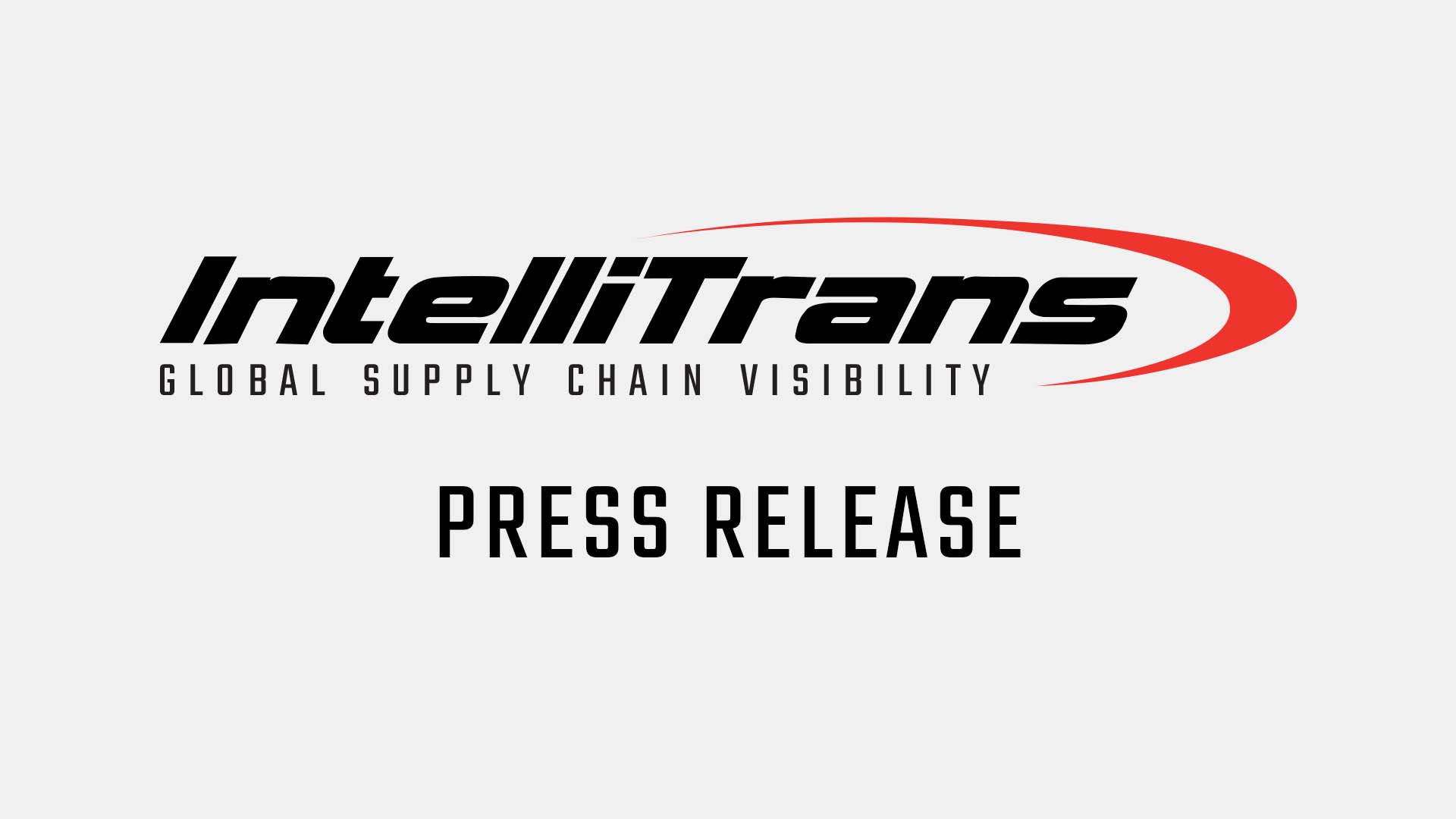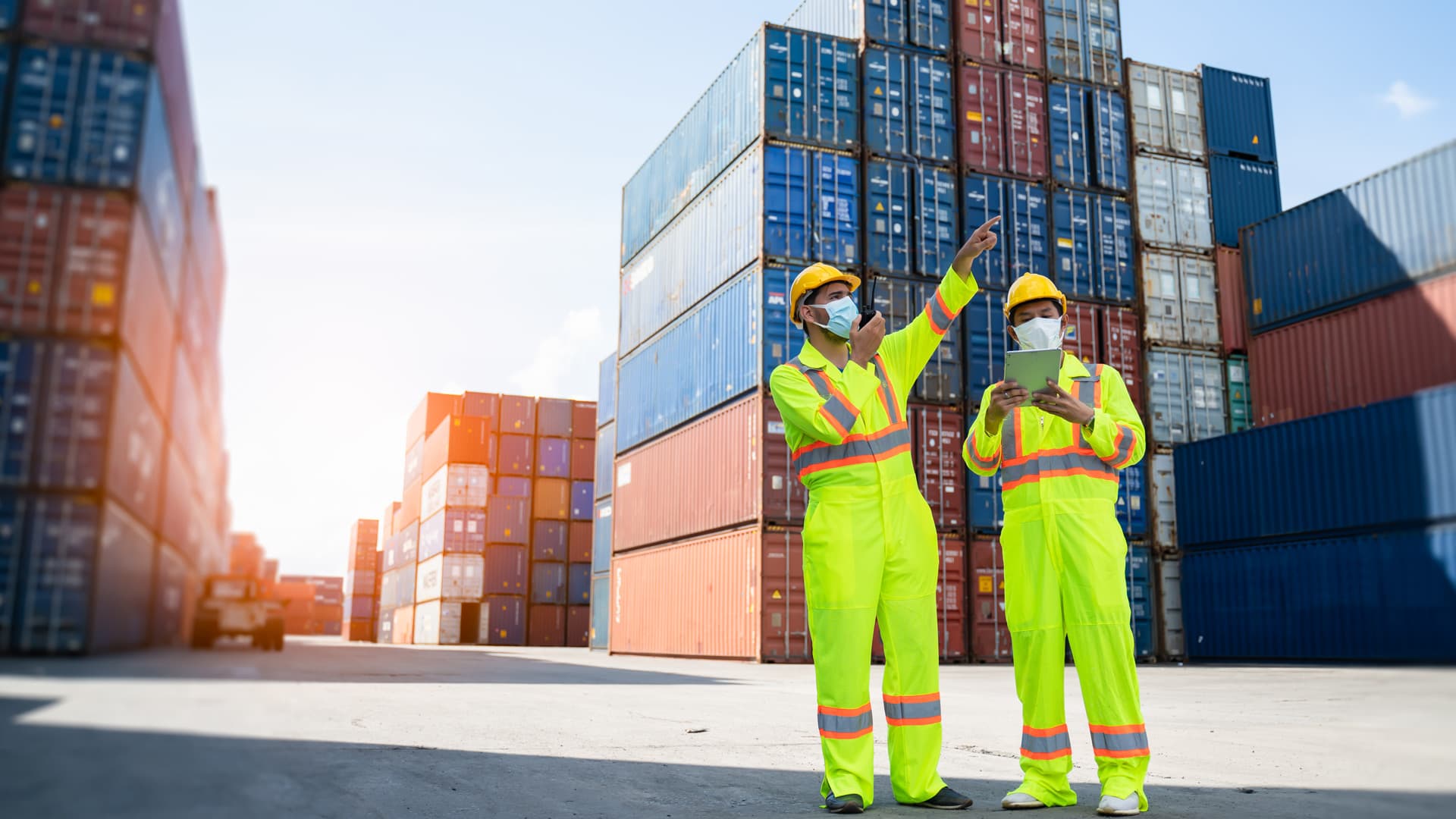
IntelliTrans President Discusses Moving from Reactive to Proactive Visibility into the Supply Chains
IntelliTrans President Discusses Moving from Reactive to Proactive Visibility into the Supply Chains
37th World Petroleum Conference Held in Houston, March 22 – 25, 2022
Atlanta, GA — February 24, 2022 — IntelliTrans, the leader in global multi-modal data for optimizing supply chain operations, announces that president, Ken Sherman, is participating in a panel at the 37th World Petroleum Conference in Houston. Ken was invited to join the discussion, “Moving from Reactive to Proactive Visibility into the Supply Chains,” by the Moderator, Eric Johnson, Senior Editor, Technology, Journal of Commerce, after a recent briefing with Eric.
“Petroleum supply chains are complex and, in a flux, today with issues around the Ukrainian war, sustainability goals, environmental challenges, production demand increases, among others,” said Ken Sherman, President, IntelliTrans. “These companies are transitioning to modern technology platforms and away from their legacy systems that sit in corporate silos and use manual business processes that lead to productivity issues, inefficiencies, and higher costs. Eric was very excited when he heard all the IntelliTrans has done in this industry, so he asked, and I am delighted to be a part of this meaningful panel.”
IntelliTrans provides its Global Visibility Platform that gives visibility from end-to-end across the supply chain. The platform includes multi-modal command and control features that provide unprecedented visibility into your fleet and non-fleet equipment to proactively manage shipments from origin to destination, with a focus on exceptions and enhanced customer experience.
To move from reactive to proactive, businesses need to integrate all the data sources across their enterprise and ensure the data is complete, timely, and accurate. IntelliTrans analytics gives companies the tools and data-driven alerts to ask more profound questions and gain more meaningful insights. IntelliTrans enhances its analytics with Augmented Artificial Intelligence, which improves decision-making by providing data companies need when they need it.
Moving from Reactive to Proactive Visibility into the Supply Chains will occur on Tuesday, March 22, 2022, from 2:30 PM – 3:25 PM CST. As visibility tools have become more prominently used, and as the number of providers offering in-transit and predictive data grows, there’s a “next step” that supply chain management teams need to focus on: what to do with this enhanced data. There has long been a gap in the practical usage of visibility tools, from knowing there’s a problem to being able to react and do something about it. This session will explore where visibility is headed in the year ahead and how visibility is moving from a monitoring-oriented tool to an execution-oriented one. For more information, visit https://wpc.ihsmarkit.com/program/session-4-moving-from-reactive-to-proactive-visibility-int-6621-803485/.
About IntelliTrans
IntelliTrans, a Roper Technologies company, provides unified and proactive solutions to manage complex supply chain needs. Customers are nimble and efficient with the global supply chain transparency powered by the IntelliTrans cloud-based Control Tower (Global Visibility Platform℠) and IntelliTrans TMS (transportation management system), the only SaaS-based TMS that provides shipment execution and visibility across rail, truck, intermodal, barge, and ocean. IntelliTrans enables complete, timely, and accurate data, allowing customers to automate business processes, improve customer service, and reduce operational costs. From real-time alerts to interactive data visualizations, IntelliTrans gives organizations the tools to ask deeper questions and deliver more impactful results. Website: www.intellitrans.com.
###
Media Contact:
Becky Boyd
MediaFirst PR (M1PR.com)
404.421.8497
becky@mediafirst.net





